Wabi-sabi 侘寂 || A Comprehensive Japanese World View and Aesthetic Philosophy
Forget your perfect offering. There is a crack, a crack in everything. That's how the light gets in. —Leonard Cohen.
-

Wabi-sabi 侘寂
Wabi-sabi represents a comprehensive Japanese world view or aesthetic centered on the acceptance of transience and imperfection. The aesthetic is sometimes described as one of beauty that is "imperfect, impermanent, and incomplete". It is a concept derived from the Buddhist teaching of the three marks of existence, specifically impermanence, the other two being suffering and emptiness or absence of self-nature.
Characteristics of the wabi-sabi aesthetic include asymmetry, asperity (roughness or irregularity), simplicity, economy, austerity, modesty, intimacy, and appreciation of the ingenuous integrity of natural objects and processes.
-
Zen garden of Ryōan-ji.
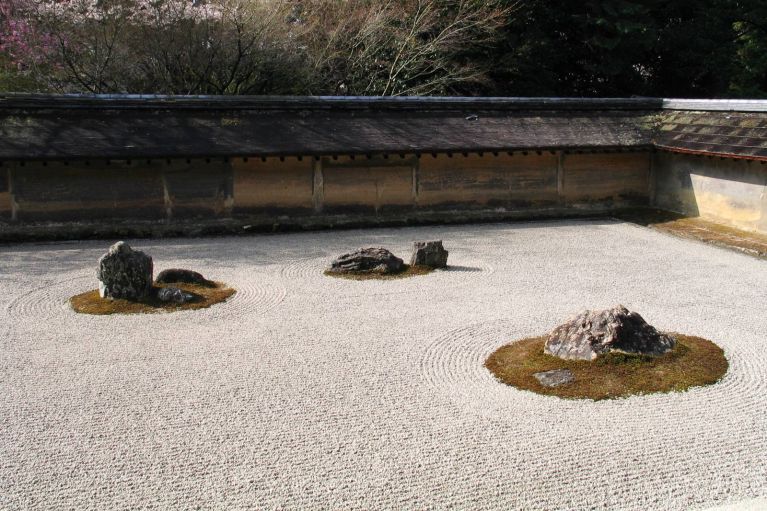 Built during the Higashiyama period, the clay wall, which is stained by age with subtle brown and orange tones, reflects "wabi" and the rock garden "sabi".
Built during the Higashiyama period, the clay wall, which is stained by age with subtle brown and orange tones, reflects "wabi" and the rock garden "sabi".
Description:
According to Leonard Koren, Wabi-sabi can be defined as "the most conspicuous and characteristic feature of traditional Japanese beauty and it occupies roughly the same position in the Japanese pantheon of aesthetic values as do the Greek ideals of beauty and perfection in the West." Whereas Andrew Juniper notes that "if an object or expression can bring about, within us, a sense of serene melancholy and a spiritual longing, then that object could be said to be Wabi-sabi." For Richard Powell, "Wabi-sabi nurtures all that is authentic by acknowledging three simple realities: nothing lasts, nothing is finished, and nothing is perfect."
The words wabi and sabi do not translate easily. Wabi originally referred to the loneliness of living in nature, remote from society; sabi meant "chill", "lean" or "withered". Around the 14th century these meanings began to change, taking on more positive connotations. Wabi now connotes rustic simplicity, freshness or quietness, and can be applied to both natural and human-made objects, or understated elegance. It can also refer to quirks and anomalies arising from the process of construction, which add uniqueness and elegance to the object. Sabi is beauty or serenity that comes with age, when the life of the object and its impermanence are evidenced in its patina and wear, or in any visible repairs.
After centuries of incorporating artistic and Buddhist influences from China, wabi-sabi eventually evolved into a distinctly Japanese ideal. Over time, the meanings of wabi and sabi shifted to become more lighthearted and hopeful. Around 700 years ago, particularly among the Japanese nobility, understanding emptiness and imperfection was honored as tantamount to the first step to satori, or enlightenment. In today's Japan, the meaning of wabi-sabi is often condensed to "wisdom in natural simplicity." In art books, it is typically defined as "flawed beauty."
Wabi and sabi both suggest sentiments of desolation and solitude. In the Mahayana Buddhist view of the universe, these may be viewed as positive characteristics, representing liberation from a material world and transcendence to a simpler life. Mahayana philosophy itself, however, warns that genuine understanding cannot be achieved through words or language, so accepting wabi-sabi on nonverbal terms may be the most appropriate approach.
-
Ensō
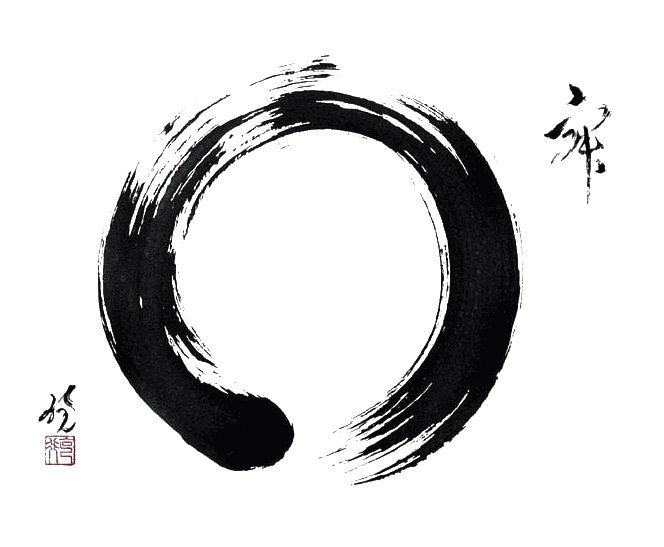 In Zen Buddhism, an ensō is a circle that is hand-drawn in one or two uninhibited brushstrokes, this spiritual practice of drawing ensō or writing Japanese calligraphy for self-realization is called hitsuzendō (way of the brush). Ensō exemplifies the various dimensions of the Japanese wabi-sabi.
In Zen Buddhism, an ensō is a circle that is hand-drawn in one or two uninhibited brushstrokes, this spiritual practice of drawing ensō or writing Japanese calligraphy for self-realization is called hitsuzendō (way of the brush). Ensō exemplifies the various dimensions of the Japanese wabi-sabi.
Wabi-sabi in Japanese arts
Many Japanese arts over the past thousand years have been influenced by Zen and Mahayana philosophy, particularly acceptance and contemplation of the imperfection, constant flux and impermanence of all things. Such arts can exemplify a wabi-sabi aesthetic. Examples include:
- Honkyoku (traditional shakuhachi music of wandering Zen monks)
- Ikebana (flower arrangement)
- Japanese gardens, Zen gardens and bonsai (tray gardens)
- Japanese poetry
- Japanese pottery, Hagi ware, Raku ware
- Japanese tea ceremony
-
Gallery of Wabi-Sabi in Japanese Art
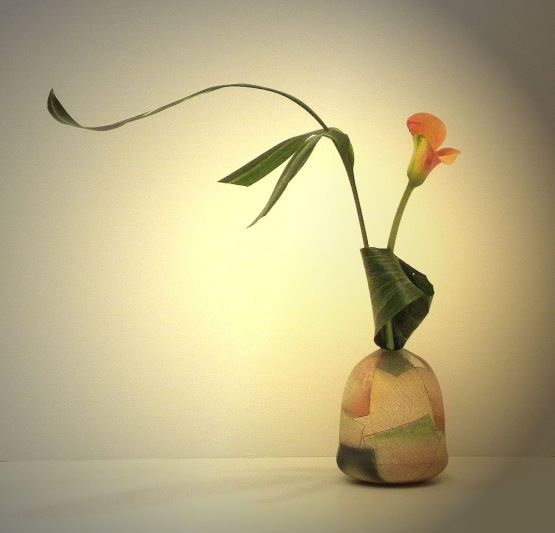 Launch Gallery
Launch Gallery





















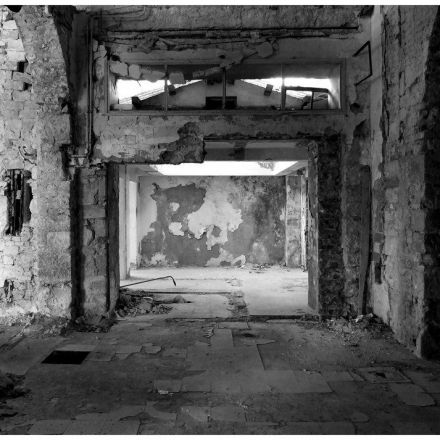



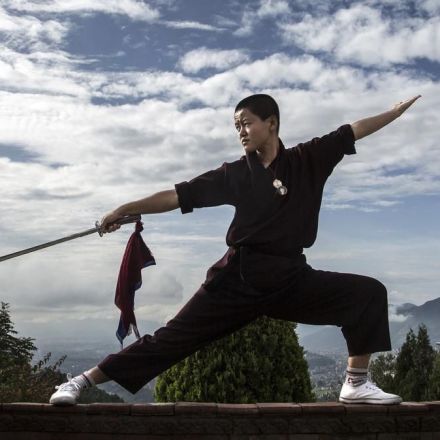
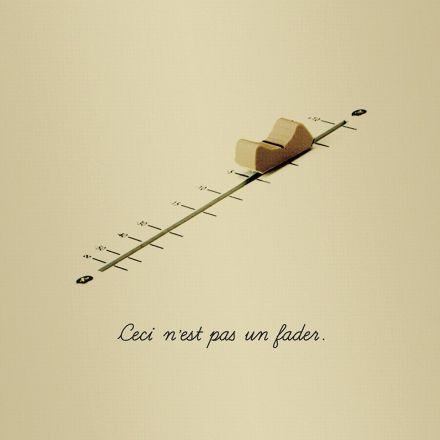


Join the Discussion
[This comment was removed]
Interesting!